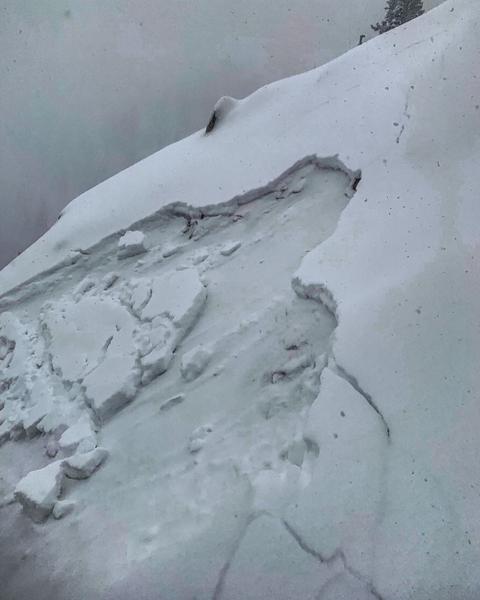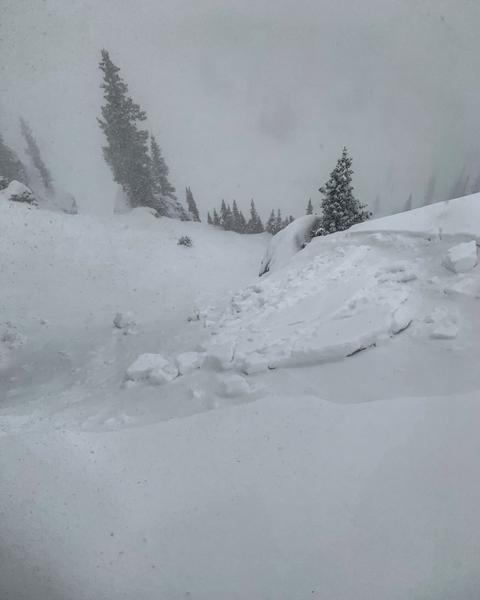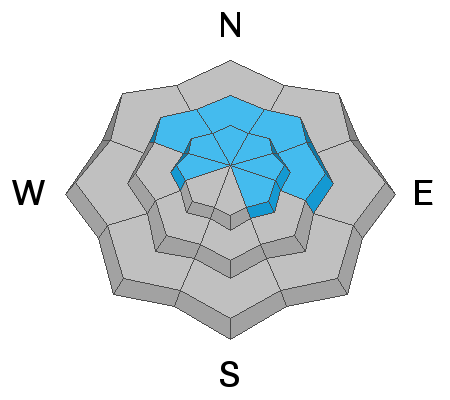Forecast for the Provo Area Mountains

Issued by Greg Gagne on
Friday morning, November 23, 2018
Friday morning, November 23, 2018
The avalanche danger is CONSIDERABLE on slopes facing west through southeast above about 9000'. Human-triggered avalanches are likely, and natural avalanches are possible. Being involved in any avalanche will have significant consequences as it will involve being carried over rocks, stumps, and downed timber. With more dense snow and strong winds in the forecast, the avalanche hazard will rise to HIGH by later tonight.
- We will update this forecast by 7:30 Saturday morning.

Low
Moderate
Considerable
High
Extreme
Learn how to read the forecast here









